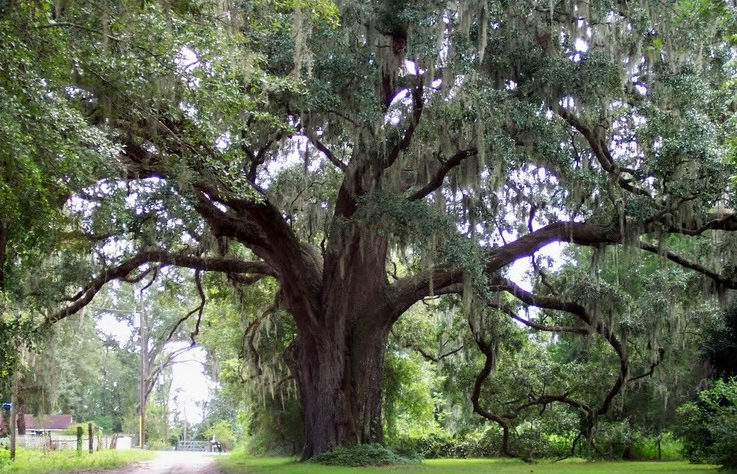
A few years ago, I set out on a quest to learn all I could about my roots. Our family had relocated to Florida when I was only six years old. With my mom’s family being primarily in Ohio and my dad’s in Pennsylvania, there were a lot of things I never knew about my family’s history. I knew that my mom grew up a daughter of “a poor farmer” and my dad came from a large family of modest means. However, there seemingly was nothing exciting about my family’s past. Sure, they were honest and hard working. They understood the need for God and the respect for family, but they were just ordinary folks. Imagine my surprise when I began digging into my family tree and found a few mighty oaks.
And you might too . . .
If you are in search of a story to tell and aren’t ready to share your individual testimony yet, genealogy may be a perfect way for you to practice some personal story telling. Here are 5 tips that will help you discover your past and reveal things that you may have only dreamed.
- Ask your oldest living family members what they know. This one is a little tricky, because I promise you, family stories can often be more like folklore than fact. Use this information as a guide in your search. Don’t assume that they are 100% correct.
- Use a good system to keep track of your findings. Ancestry.com is invaluable as a resource, because it will keep track of your tree for you. However, that can get a bit pricey if you do it for months on end. I recommend utilizing either a binder with hard copies of documents such as birth and death certificates or a digital file to keep records on your computer. I actually use a combination of the two.
- When you can, go in person. While searching online is a good start, so much of what is written and recorded is not available online (especially the farther back in time you go) . Plus, a lot of names (particularly the European ones) are spelled and misspelled a number of different ways. When you go in person, another human can help you sort through all of that, but when ordering documents online, you can go broke searching all the possible spellings for just one family member!
- Visit your library for help. Many libraries offer classes with genealogists on hand to help you with tips on finding documents specific to your family and the area of the country they were known to live.
- Keep it simple. While knowing all the details makes for a more interesting story, don’t let that frustrate you. If you can find birth and death certificates, those alone will give you a lot of information to keep your search going to the next generation. There will be some family members for whom you can barely find anything and others for whom you will find a plethora of records.
The important thing is to just remember to have fun with it. And be sure to let me know when you find a President or King in your family tree! Don’t laugh. You are likely to be pleasantly surprised by what you find.
Question: This post only covers the basics. Do you need help or have any questions about genealogy not covered here? Please ask. I am happy to help!

Dear Leslie: Thanks for commenting on Amy Kraus FB page about my painting. I make customer paintings for people to give as special gifts to someone important in their lives. They send me about 30 things that represent that persons treasured memories IE: their college, high school, church, honeymoon city or hotel, favorite pet etc. and I work all of it into a painting. I’ve completed 31 of them and have been delighted by the positive responses. Some have requested multiple pieces for others in their families after receiving the first. It takes about 100 hours to complete a painting 22×30 and I charge $500. Each is personal and customized in watercolor and acrylic, matted and unframed.